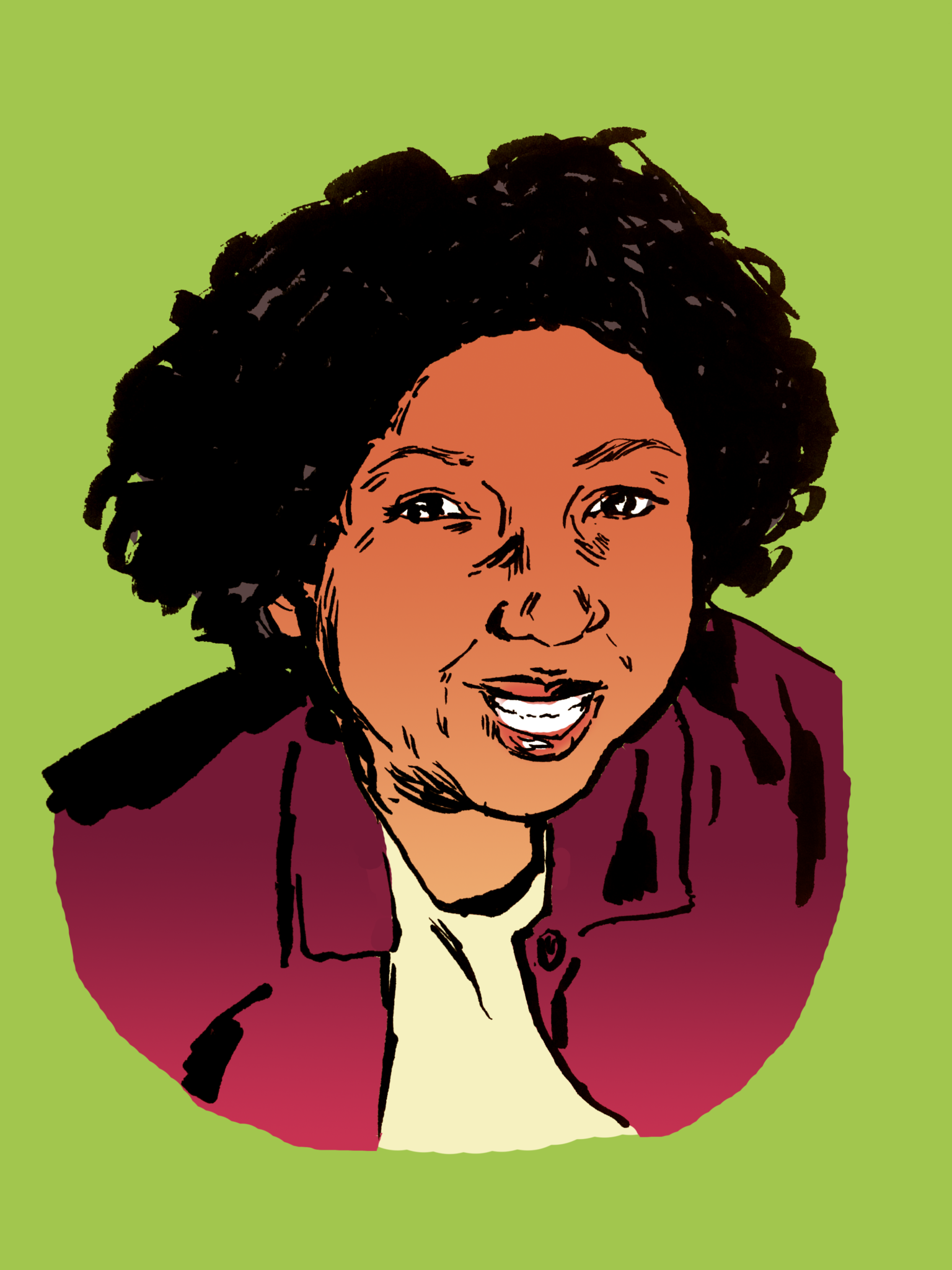Director, playwright, and teaching artist Carla Stillwell knows more than a few things about Chicago theater after twenty-one seasons with Ma’at Production Association of Afrikan Centered Theatre (MPAACT). Stillwell, a South Shore native who began acting professionally at the age of ten, is bringing her craft back to the South Side this year; she will organize MPAACT group classes starting in April and will also launch her own private theater classes out of her Woodlawn home. Stillwell is directing MPAACT’s final show of the season, local playwright Shepsu Aakhu’s Never the Milk and Honey, opening April 14. The Weekly spoke with her about her new classes, her three decades of work, and the importance of theater by and for people of color.
Can you tell me about the theater classes you’re organizing on the South Side this spring and why you decided to launch them?
A lot of actors, especially actors of color, live south. They live south, they live west, but everything seems to be geared to the North Side, including our theater. We perform out of the Greenhouse Center. The opportunities for artists and actors, especially actors of color on the South Side, to take classes that are convenient, affordable, and near their home are nil. There are really no opportunities for that type of training, especially one-on-one training. I’m a South Sider, I was born and raised in South Shore, I moved to the Hyde Park–Kenwood area as an adult, and right now I’m near Bronzeville. I’ve been in this area my whole life. I love it. I think artistically it is not served. That’s one of the reasons I wanted to make sure I did offer my private classes and group classes on the South Side.
[The classes are] something I’ve always wanted to do. Right now there are a lot of acting opportunities in the city. There are so many shows being shot here, so many films being shot here. There’s so much work onstage now. The stage is diversifying, so there is work for artists of color. I sit in auditions—we have auditions annually—and a lot of artists are woefully underprepared for the audition process. Because my theater company is a non-equity theater company, new artists come in that are not always fully trained, and some that have been in school for a time but have never acted professionally. Making that shift from school to professional theater, there’s a training gap. I would like to help actors be more prepared.
What drew you to theater? How has theater changed since you began acting?
Theater is in many ways completely stagnant, and struggles with diversity in a way that I never thought I would see. There’s a reason that Hamilton is so successful. It is because those of us who are theater people were completely thirsty. We were dry, we were in a desert full of old white theater and the white aesthetic, and Hamilton came in and was a drink of water for the theater. This is why it’s successful, and this is why The Color Purple is successful: because there had been nothing for years. There was Dreamgirls in the eighties and then there were years where everything on Broadway was crisp, lily-white. It was a desert. Black and brown playwrights are not produced at the pace that black and brown screenwriters are being produced. It’s just not happening. We struggle with diversity on the funding front. We struggle with diversity in terms of equity, houses, producing black and brown playwrights…and if the work is not being written by black and brown playwrights, then the work probably doesn’t include black or brown characters. Then theater is very, very white.
I grew up on the heels of the civil rights movement. During the early-mid seventies into the early eighties, there was the black arts movement. There was Ntozake Shange, there was Amiri Baraka, there were all of these black artists that were arts activists. There was all of this black art that was important, that was meaningful, and that was elevated to high art, and elevated to Broadway, because it was in vogue. And when people decided there was no more racism—and we have learned in the last few months that’s not true, black people knew it the whole time, but now the world knows—in the late eighties, early nineties when Bill Clinton was president, people decided we were all living well, and there were no more problems. Then there was no more push, there was no more pressure on Broadway to produce black art. And Broadway stopped producing black art.
What role does theater play in community-building?
In this current political climate, I think theater has the responsibility to create art in uncertain times, art in urgent times, art to address some of the ills of society. Theater has always been a place for activists. I think performance art in this time is important. There is some wonderful art being made in film, there are some wonderful, really strong, poignant, activist television shows, but theater kind of runs in place sometimes. And I think empowering actors with knowledge will help more actors be arts activists.
Did you like this article? Support local journalism by donating to South Side Weekly today.


Fantastic article!